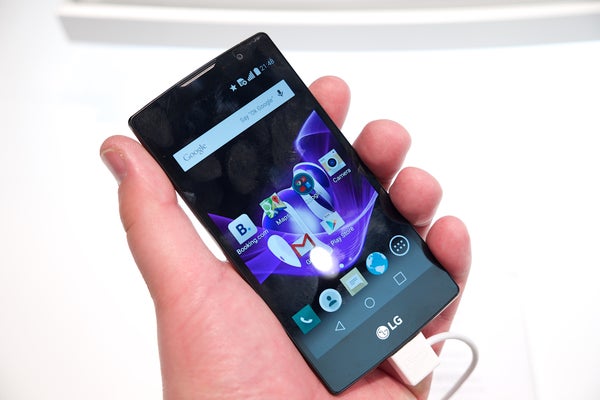Mobile gadgets may have changed the way people live and work, but today’s once-groundbreaking ability to stream live video to a smartphone will seem pretty blasé compared with what the next generation of wireless technology promises. The tech’s so-called fifth generation, or 5G, is expected to connect billions of machines—kitchen appliances, medical devices and automobiles, to name a few—to one another and the Web, creating the much-hyped Internet of Things. And 5G touts speeds up to 100 times faster than current networks, which could mean downloading a full-length high-definition movie onto a smartphone in seconds rather than minutes. Plans for tomorrow’s wireless networks likewise include the ability to stream online virtual reality content without disorienting interruptions cased by data bottlenecks.
The main shortcoming of 5G? It does not yet exist. That has gadget makers, wireless network providers and government agencies scrambling to create a road map for the wireless future they have been promising by the early 2020s. Some progress is being made but there is a long way to go. In July the Federal Communications Commission opened up new, higher-frequency areas of the radio spectrum for wireless communications to accommodate predicted increases in data traffic from 5G mobile devices. The previous generation of wireless—4G—has prompted a 4,000-fold increase in data traffic in the past decade with no signs of slowing. The part of spectrum between 30 megahertz and 3 gigahertz (in which much wireless communications currently takes place) offers little room for the coming 5G explosion, clogged as it is with radio and TV broadcasts as well as 3G and 4G cellular communications, radar, satellites and radios used by public safety workers.
Proponents of 5G are pushing for a further widening of the legally available spectrum, which would let companies shift wireless traffic to less-crowded, higher-frequency ranges. Those spectrum bands would enable the use of millimeter waves that could deliver faster, higher-quality video and multimedia content. This “greenfield” spectrum was previously thought to be unusable for mobile devices because their antennas were not made to not pick up those high-frequency signals, says Doug Brake, a telecom policy analyst at the Information Technology & Innovation Foundation, a public policy think tank.
On supporting science journalism
If you're enjoying this article, consider supporting our award-winning journalism by subscribing. By purchasing a subscription you are helping to ensure the future of impactful stories about the discoveries and ideas shaping our world today.
New antenna designs by companies including telecommunications equipment maker Qualcomm will enable mobile devices to send and receive signals in higher-frequency ranges. Antenna size is inversely proportional to frequency size—higher-frequency signals require smaller antennas, says Mustafa Cenk Gursoy, an associate professor of electrical engineering and computer science at Syracuse University. As a result, device makers will be able to place multiple antennas throughout their 5G devices to improve reception and try to make up for millimeter waves’ weaker signal strength.
In addition to annexing more radio spectrum and rethinking antenna design, 5G’s success will depend on the growing use of portable cellular base stations called small cells. Small cells come in a variety of sizes—some as small as a television remote-control device—and are used to boost cell tower signals, creating better coverage indoors and in remote areas. Small cells will make it possible for millimeter waves, which are easily blocked by buildings and foliage and have a transmission range measured in meters rather than kilometers, to relay data from one cell to another and cover longer distances. The FCC furthered its efforts to prepare for 5G last month when it loosened rules (pdf) to make it easier for wireless providers and building owners to install small cells on utility poles, in shopping malls and older buildings, even ones designated as historic.
The two largest U.S. telecom companies, Verizon and AT&T, have begun limited 5G testing at a handful of sites. Additional tests will roll out over the next decade as part of the Obama administration’s recently announced $400-million Advanced Wireless Research Initiative led by the National Science Foundation (NSF). The initiative will create four testing sites in cities to see firsthand how small cells, millimeter waves and other essential components of 5G might work in densely populated urban environments. The sites have yet to be determined and the testing is not expected to begin until 2017, but these experiments will give researchers a sandbox of sorts in which they can experiment with new approaches and technologies aimed at increasing wireless bandwidth, reducing delays and supporting more mobile users, says Thyagarajan Nandagopal, who manages wireless networking and mobile computing research within the NSF’s Networking Technologies and Systems program.
For the next few years 5G will remain an abstract buzzword used to prime consumers to buy more wireless products and services, as the technology takes shape. With predictions that anywhere between 20 billion and 200 billion devices worldwide will be connected wirelessly by 2020, that technology will be needed to keep once-unimaginable amounts of data flowing.
